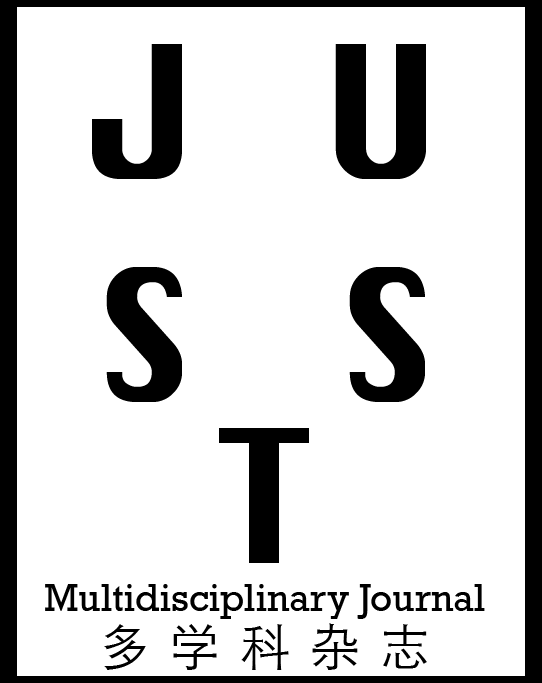Neha Katre, Meera Narvekar, Chirag Jain, Ishika Chokshi, Chirag Jagad
Dwarkadas J. Sanghvi College of Engineering, Mumbai, India.
A Study on various Key Frame Detection Techniquesin order to Develop an Efficient Method
Authors
Abstract
Globally, enormous amounts of text, photos, and blog content are produced.
Due to improvements in network designs, high storage availability, and widespread use of
digital cameras, video processing has become increasingly important. High-definition
digital video has rapidly replaced dull text material, nevertheless, as a result of the
extraordinary advancements in multimedia and Internet technology. This has made it one
of the primary means through which people disseminate information. Each video consists
of a large number of frames that are crucial pieces of information. To process the video, it
is essential to extract these frames. Identifying key frames from every frame that contain
distinctive aspects of the video aids in the development of cutting-edge technologies that
support a variety of video analytics applications, such as object and anomaly detection. In
this study, a comparison of traditional key-frame extraction methods, viz., Clustering,
Motion Analysis, and Shot-Boundary based, as well as deep learning key-frame extraction
methods is done. In this study, existing deep learning key-frame extraction approaches are
compared to more established key-frame extraction techniques like clustering, motion
analysis, and shot-boundary based methods. The aforementioned techniques have been
implemented, and a thorough comparison study has been provided along with a list of their
benefits and drawbacks.
